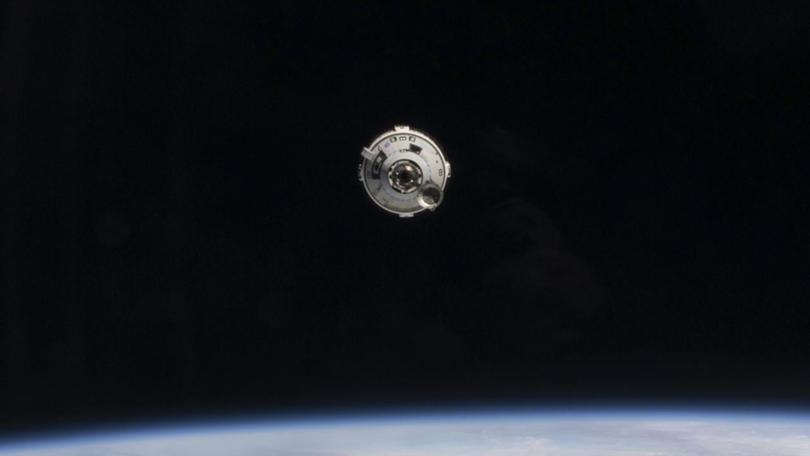NASA breakdown: Astronauts confident Boeing’s Starliner will bring them home after being trapped on ISS

The first two astronauts to fly Boeing’s Starliner capsule say from the International Space Station they are confident in the spacecraft’s ability to return them home whenever the company and NASA fix an array of thruster issues that have kept them in space far longer than expected.
“I have a real good feeling in my heart that this spacecraft will bring us home, no problem,” NASA astronaut Sunita “Suni” Williams said during the test crew’s first news conference since docking to the ISS more than a month ago.
Williams and Barry “Butch” Wilmore, both veteran NASA astronauts and former US Navy test pilots, were launched aboard Starliner from Florida on June 5 and docked the next day at the ISS, where they were initially scheduled to spend about eight days.
Sign up to The Nightly's newsletters.
Get the first look at the digital newspaper, curated daily stories and breaking headlines delivered to your inbox.
By continuing you agree to our Terms and Privacy Policy.A series of issues with Starliner’s propulsion system has extended their mission indefinitely.
Five of Starliner’s 28 manoeuvring thrusters went dead during its 24-hour trek to the station, a propellant valve failed to properly close and there have been five leaks of helium, which is used to pressurise the thrusters.
“We’re absolutely confident,” Wilmore told reporters.
“That mantra you’ve heard, failure is not an option.”
“And that’s why we’re staying because we’re going to test it. That’s what we do,” Wilmore said, acknowledging that an ongoing investigation by the US space agency and Boeing involving thruster tests on Earth is key for their return.
The current test mission is Boeing’s final step before the spacecraft can clinch NASA certification for routine astronaut flights and become the second US orbital capsule alongside SpaceX’s Crew Dragon, which has dominated the nascent human spaceflight market amid Starliner’s development delays.
NASA officials and Boeing engineers have focused on the faulty thrusters and aim to conduct weeks of further testing before allowing Starliner to return Wilmore and Williams to Earth.
The testing includes firing identical thrusters at the White Sands Missile Range in New Mexico to get insight into what might be plaguing the thrusters in space.
“Once that testing is done, then we’ll look at the plan for landing,” NASA’s commercial crew chief Steve Stich told reporters last month.
“We’re not going to target a specific date until we get that testing completed.”
The testing could last “a couple of weeks” or more, followed by a NASA review of the resulting data, Stich said.
Starliner is approved to stay docked to the ISS for 45 days, or up to 90 days using various backup systems and depending on the health of its lithium-ion batteries, which have caused concerns in the past.
Although NASA and Boeing have said Starliner is capable of returning the astronauts to Earth in the event of an emergency on the ISS, the capsule is not approved to fly home under normal, non-emergency circumstances until its thruster issues are resolved or at least better understood.
NASA and Boeing officials have emphasised that the two astronauts are not stranded in space.
